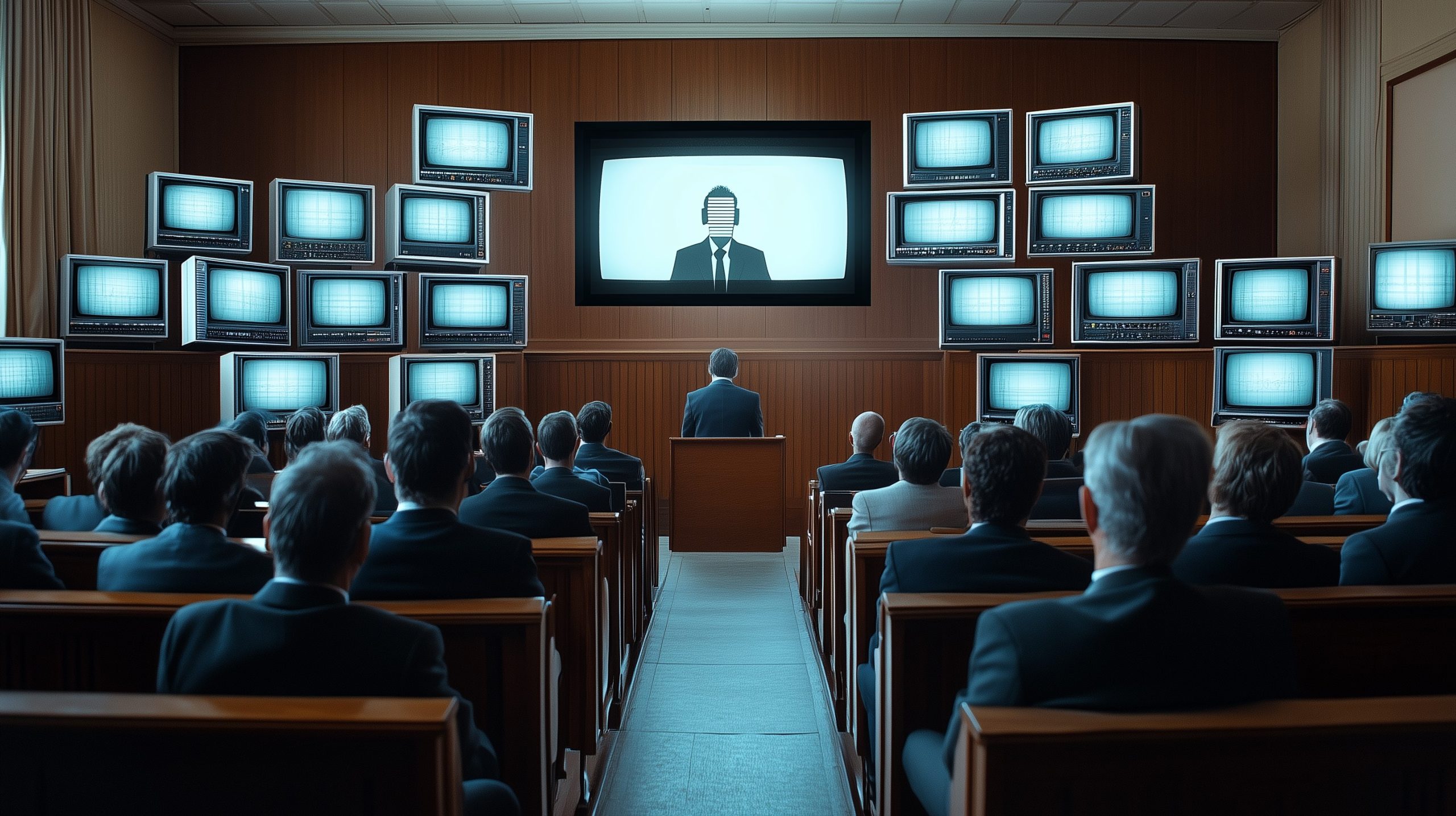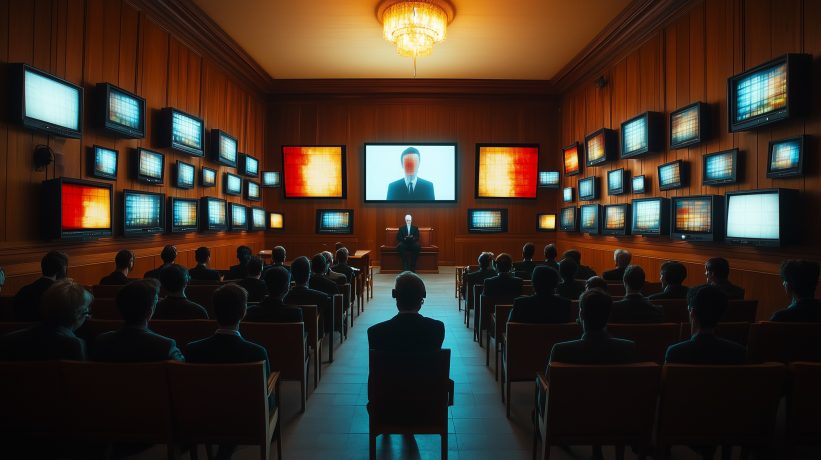
by LawInc Staff
November 17, 2024
A new class action lawsuit filed against Hisense USA Corp. alleges that the company sold defective smart TVs with faulty main boards, leaving consumers with laggy, glitchy units that fail far too soon. The case shines a light on the frustrations of spending big bucks on a smart TV only to have it turn dumb due to shoddy components.
This guide breaks down everything you need to know about the Hisense class action, from the specific TV models affected to the causes of action, damages sought, and how Hisense allegedly dropped the ball.
So if you own a Hisense smart TV from 2019 or later, or just want to understand how consumer protection laws hold big companies accountable, read on for the full scoop on this buzzy lawsuit.
1. The Basics: Who, What, When, Where
-
- Who: Plaintiff Matthew Deyell filed the suit individually and on behalf of similarly situated consumers. The Defendant is Hisense USA Corp.
- What: Class action lawsuit alleging Hisense sold defective smart TVs.
- When: The lawsuit was filed September 26, 2024.
- Where: U.S. District Court for the Northern District of Georgia, Atlanta Division.
- Why: To hold Hisense accountable for concealing a known defect and failing to repair or reimburse affected consumers.
2. The Defective Smart TVs at Issue
-
- Models: 2019-present Hisense 4K Android smart TVs, including the H8, H9, H65, U6, U8, and A6 series.
- Defect: Main boards prone to lagging, sluggishness, crashing, failure to turn on, and inability to load apps.
- Impact: Defective main boards render the smart TVs unfit for their intended purpose of seamlessly streaming content.
- Safety Concerns: Un-updated units with software glitches could be vulnerable to hacking since they’re connected to the internet.
- Hisense’s Inaction: Despite knowing of the defect, Hisense failed to recall the TVs, inform consumers, or offer free repairs/replacements.
3. Hisense’s Alleged Wrongdoing
-
- Knowingly Selling Defective TVs: Hisense allegedly knew the main boards were defective from pre-sale testing but sold the TVs anyway.
- Concealing the Defect: Hisense failed to disclose the defect to consumers before or after purchase, even as complaints mounted.
- Denying Warranty Coverage: Despite a 1-year warranty, Hisense often refused to repair or replace the faulty main boards for free.
- Making Useless Repairs: In some cases, Hisense replaced defective main boards with equally defective ones.
- Profiting From the Defect: By not issuing a recall or offering proper repairs, Hisense pocketed more profits at consumers’ expense.
4. Causes of Action: The Legal Claims
-
- Breach of Warranty: Hisense breached its written 1-year warranty and implied warranties of merchantability by selling defective, unfit TVs.
- Magnuson-Moss Warranty Act: Federal law enforcing warranties and prohibiting deceptive practices related to warranties.
- NY Gen. Bus. Law § 349: Prohibits deceptive business acts and practices, like concealing defects, that harm consumers.
- Unjust Enrichment: By profiting from selling defective products, Hisense unjustly enriched itself at consumers’ expense.
- Injunctive Relief: The plaintiff wants the court to order Hisense to notify all consumers of the defect and provide repairs.
5. Damages & Other Relief Sought
-
- Monetary Damages: Plaintiff seeks actual, statutory, and punitive damages, with the total demanded exceeding $5,000,000.
- Equitable Relief: This includes forcing Hisense to repair all defective units, refund the purchase price, and stop selling the TVs.
- Injunctive Relief: Plaintiff wants a court order making Hisense notify all consumers of the defect and offer repairs.
- Attorneys’ Fees: The lawsuit demands Hisense pay the plaintiff’s attorneys’ fees and legal expenses.
- Jury Trial: Plaintiff has requested a jury trial, meaning regular citizens will ultimately decide the case if it goes to trial.
6. The Proposed Classes
-
- Nationwide Class: All U.S. consumers who bought the specified Hisense smart TV models from 2019 to the present.
- New York Subclass: New York consumers who bought those same TV models in that time period.
- Class Certification: The plaintiff will need to prove the proposed classes meet certain legal requirements before the case can proceed as a class action.
- Class Members: Consumers who fit the class definitions will automatically become part of the lawsuit unless they opt out.
- Class Representatives: The named plaintiff seeks to represent the interests of the entire class and subclass.
7. What’s Next & Key Takeaways
-
- Hisense’s Response: Hisense will have a chance to respond to the complaint, likely denying the allegations and filing motions to dismiss.
- Class Certification Battle: Expect a fight over whether the proposed classes should be certified. This is a pivotal point.
- Discovery & Evidence: If the case proceeds, both sides will exchange evidence and take depositions to build their case.
- Potential Settlement: Many class actions settle before trial. If so, class members would be notified and could claim a share of the settlement funds.
- Possible Trial: If the case doesn’t settle, it could go to trial. A jury would then decide if Hisense is liable and any damages owed.
In a Nutshell
The Hisense smart TV class action lawsuit is a significant case for consumers. It sheds light on what can happen when a major company allegedly cuts corners and conceals defects, leaving customers with faulty products.
By explaining the lawsuit in plain language, this guide aims to help consumers understand their rights and remedies when they’ve bought a “lemon.” It will be interesting to see how Hisense responds and if they’ll be held accountable.
The case is still in the early stages, but it’s one to watch. If nothing else, it’s a good reminder to always do your research before a big purchase and hold onto your proof of purchase. You never know when you might need it!
Test Your Hisense Class Action Knowledge
Questions:
- What is the main defect alleged in the Hisense smart TV lawsuit?
- A) Defective screens
- B) Defective main boards
- C) Defective remote controls
- D) Defective power cords
- Which of the following is NOT a cause of action in the lawsuit?
- A) Breach of warranty
- B) Violation of the Magnuson-Moss Warranty Act
- C) Trespass to chattels
- D) Unjust enrichment
- What is the minimum total damages demanded in the lawsuit?
- A) $500,000
- B) $1,000,000
- C) $5,000,000
- D) $10,000,000
- Which court was the lawsuit filed in?
- A) U.S. District Court for the Central District of California
- B) U.S. District Court for the Northern District of Georgia
- C) Superior Court of California
- D) New York Supreme Court
- If the proposed classes are certified, what will happen next?
- A) The case will automatically be decided in the plaintiff’s favor.
- B) Hisense will have to immediately pay the damages demanded.
- C) Class members will be notified and have a chance to opt out.
- D) The case will be immediately dismissed.
Answers:
- B) The main defect alleged is the faulty main boards that cause issues like lagging, freezing, and failure to turn on.
- C) Trespass to chattels is not one of the causes of action listed in the complaint. The others are all included.
- C) The complaint states the total damages demanded exceed $5,000,000.
- B) The case was filed in the U.S. District Court for the Northern District of Georgia, Atlanta Division.
- C) If the classes are certified, class members will be notified and have a chance to opt out of the litigation if they choose.
Also See
Puma Hit with Class Action Lawsuit Over Alleged TikTok Tracking Scheme
Earbuds on Trial: Examining the Claims and Evidence in the AirPods Pro Gen 1 Class Action Lawsuit
Murdoch vs. Machine: News Corp Takes on Bezos-Backed Perplexity AI in Landmark Copyright Battle










